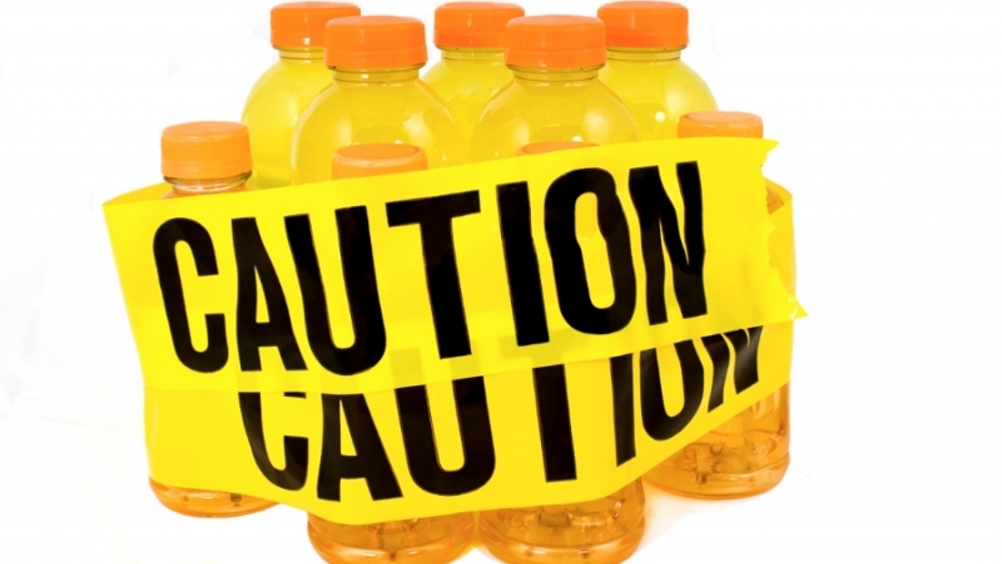Energy drinks

Claire King explores the effects of them becoming the sugar-sweetened drink of choice for young people.
When you think about sugary drinks and the potential harm to oral health, do energy drinks immediately spring to mind? If not, perhaps they should. Sales have increased substantially in recent years. Between 2005 and 2011, consumption in the UK increased from 270 to 495 million litres per year, with average consumption now totalling 7.9l per person. Thirty to 50 per cent of children and adolescents are thought to regularly consume energy drinks and market research in England has estimated that the percentage of 16-24 year olds consuming them is higher still, at 73 per cent.
Energy drinks are defined as traditional, glucose-based, functional or stimulant drinks, which claim a particular energy boost from caffeine, guarana, taurine, ginseng and other herbs, or some combination of these ingredients. Soft drinks containing caffeine are therefore classed as being energy drinks. This makes them distinct from sports drinks, which are defined as containing fluids, electrolytes and carbohydrate.
Register now to continue reading
WHAT’S INCLUDED
-
Unlimited access to the latest news, articles and video content
-
Monthly email newsletter
-
Podcasts and members benefits, coming soon!
